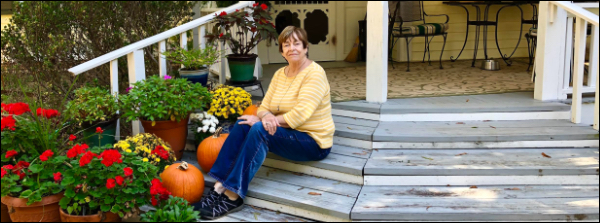Pendleton: In the Beginning

“Pendleton’s founding fathers (and all were men) petitioned the General Assembly on numerous occasions between the town’s founding and 1832, requesting incorporation so that they could set up their own village administration and elect their own independent mayor and wardens (councilmen). The reason given for declining their request was that Pendleton was too rowdy, its being on the frontier with Indian lands to the west as well as having too many barrooms and saloons.”—Jackie Reynolds, Pendleton Historic Foundation
Hometown Historian
By Jackie Reynolds

 PENDLETON South Carolina—(The Pendletonian)—December 2024—If you are at all familiar with the history of Pendleton or have stopped to examine the historical marker on Pendleton’s central village green, you know that the town of Pendleton was founded in 1790, making it one of the oldest towns in the South Carolina Upcountry.
PENDLETON South Carolina—(The Pendletonian)—December 2024—If you are at all familiar with the history of Pendleton or have stopped to examine the historical marker on Pendleton’s central village green, you know that the town of Pendleton was founded in 1790, making it one of the oldest towns in the South Carolina Upcountry.
It was established to serve as the Courthouse town for Pendleton County and then for the Pendleton judicial District, which comprised what are today Anderson, Pickens, and Oconee counties. But did you know that the village of Pendleton was not incorporated by South Carolina’s General Assembly until 1832? You may wonder at this delay: you would not be the first.
Pendleton’s founding fathers (and all were men) petitioned the General Assembly on numerous occasions between the town’s founding and 1832, requesting incorporation so that they could set up their own village administration and elect their own independent mayor and wardens (councilmen). The reason given for declining their request was that Pendleton was too rowdy, its being on the frontier with Indian lands to the west as well as having too many barrooms and saloons.
In the town’s early days, the only administrator in place was the Sheriff, who was appointed by the Governor. His main responsibility was acting on state-issued warrants and working for the various courts located in town. Once the request for incorporation was granted, however, rowdiness presumably having declined, the first elected mayor was E.B. Benson, a local businessman and previously the Sheriff. One of the first things the mayor and wardens did was request that all licensing fees for liquor sales be given to the Village of Pendleton administration so that that they might be used for the benefit of the town’s residents.
Two of Pendleton’s early settlers were Revolutionary War Generals who were instrumental in Pendleton’s development.

Gen. Andrew Pickens, a hero of the Revolutionary War and owner of Hopewell Plantation, located just north of the village, was the first state senator from Pendleton County and then Pendleton District. He was a member of the committee which drafted the first South Carolina State Constitutional and served as a member of the state’s General Assembly for nearly 20 years. He was a member of the United States Congress from 1793–1795, but declined the nomination to be governor of the state during the War of 1812 citing his advancing age. Gen. Pickens and his wife, the former Rebecca Floride Calhoun, had two sons who followed their father into state politics. Col. Andrew Pickens, Jr., was elected Governor of South Carolina, and Eziekiel Pickens served as Lt. Governor from 1801–1804. Ezekiel Pickens’ son, Francis Wilkinson Pickens, was also elected Governor of South Carolina.
A close friend of Gen. Pickens who lived just across the Seneca River from Hopewell Plantation was Gen. Robert Anderson of Westfield Plantation, a General who served during the Revolutionary war, one of the first judges of Pendleton District, and a founder of the Hopewell-Keowee Presbyterian Church, later known as the Old Stone Church. The Andersons had four daughters who all married prominent men of the area but only one son, Robert. Robert Anderson, Sr. who had a unique penchant for taking care of widows in the area. After his wife and the mother of his children died in 1790, he married Mrs. Lydia Turpin Maverick, mother of Samuel Maverick, Sr., and then Mrs. Jane Harris Reese, widow of Rev. Thomas Reese of the Hopewell-Keowee Presbyterian Church. Mrs. Maverick’s son Samuel married Robert Anderson’s daughter, Elizabeth.
You notice that the men I mention are all referred to by their military rank, ranks earned in war or elected by the ranks in the state militia. The South Carolina Militia was founded by the Federal Militia Act of 1792, which directed all able-bodied free men between the ages of 18 and 45 to serve in a local militia. Troops were expected to provide their own equipment and weapons. The State Militia was intended to serve instead of a standing national army and was the forerunner of the U.S. National Guard, which was not established until 1903. The Governor was the commander-in-chief of the State Militia, and there were five divisions commanded by major generals. Within the divisions of the militia, officers were elected and were often addressed in private life by their militia titles.
Next up, this spring: Who were the Mavericks?
![]()
Click on the book covers below to purchase Jackie Reynolds’ books:
![]()

